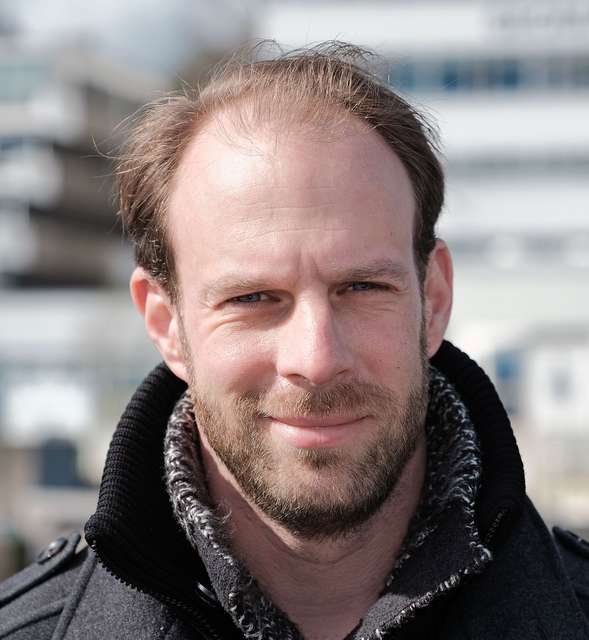Rainer Kiko
GEOMAR Helmholtz Centre for Ocean Research Kiel
Global change impacts the distribution and activity of marine life at local to basin-wide scales, with major consequences for oceanic oxygen dynamics, nutrient cycles and the transfer of carbon dioxid from the atmosphere to the deep sea. I use augmented image observations that integrate autonomous camera and environmental sensor systems with state-of-the-art artificial intelligence solutions and ecophysiological approaches to yield a novel image of zooplankton and detrital particle (Z&P) dynamics in a changing ocean. Zooplankton organisms play an essential role in these processes as they feed on all kinds of particulate matter, respire oxygen and release faecal matter. Detrital particles (e.g. faeces and decaying phytoplankton aggregates) passively sink through the water column and represent a major export vector of carbon from the sunlit surface ocean to the deep sea. Most of this so-called „marine snowfall” is consumed by microbes and specialised zooplankton, resulting in the attenuation of passive flux with depth. Diel vertical migrations of zooplankton and nekton from the epipelagic at 0 – 200 m depth to the mesopelagic at 200 – 1000 m depth induce an active net downward transport of carbon as zooplankton feed at the surface at nighttime and migrate to depth at daytime, where they continue to respire, excrete and generate faecal pellets. These processes take place in a very dynamic and changing physical environment, requiring the mentioned augmented observation tools to observe them. Building the capacities of the next generation of students to apply these tools for improved monitoring, protection and management of marine resources is another aspect of my work.

